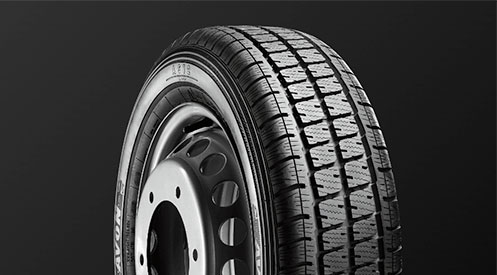Should I fit Winter Tyres?
Should you fit winter tyres and what is the difference? Tyres made for winter driving have a higher natural rubber content giving them a softer structure which improves grip as the road temperatures change.
Winter tyres are useful if temperatures fall regularly below 7+ degrees C, or you live remotely, and risk being cut off by heavy snowfall. They are also useful if you are reliant on using your vehicle in cold weather.
Winter tyres are actually cold weather tyres rather than snow tyres. They grip roads better in cold weather and their tiny grooves can bite into snow, ice and sludge. They are also good at dispersing water faster which will ensure you get more traction and better braking. These will outperform conventional tyres for traction and braking regardless of weather conditions.
The structure of these robust tyres certainly improves the handling in cold weather and thus they offer greater safety. Winter tyres are harder wearing than normal tyres and can be seen as more cost effective. You will need to replace them when the temperatures rise and store them ready for the following winter.
Both Tyresafe and the RAC have mentioned that “On snow, the gap widens considerably, as the sipes on winter tyres offer grip even when the tread is packed with soft snow. In such conditions, a two-wheel-drive car with winter tyres is invariably safer than 4×4 on summer tyres.
You can identify a winter tyre as it has a snowflake symbol on the side wall. If you see M & S (no, it’s not the store) that stands for Mud and Snow – then these tyres are not necessarily proper winter tyres.
The price of these tyres vary and are dependent on your car size and wheel size. We are happy to give you a price especially if your business relies on you being out and about in all weather conditions. If you need an all season van tyre, Avons have a good all-rounder we can supply. Take a quick look at their video.
UK and Europe
Winter tyres are not mandatory in the UK and only a few customers decide to fit them. However, if you have the two sets of tyres you will find that your summer tyres last longer and prices will even themselves out over time especially if you have your own storage space.
If you are taking your car to Europe this winter, please not that in Austria they must be fitted between 1 November and 15 April (it’s not worth risking a €5000 fine), and in Sweden they are compulsory from December 1st to end of March. We suggest if travelling during the winter in Europe, please check local guidelines.
Contact us for more details.

